The biggest tabletop event of the year is underway, and D&D has kicked things off by dropping an avalanche of reveals. Actually, developer Wizards of the Coast flooded Gen Con 2024 with info in a press panel that detailed everything from the game’s new virtual tabletop to the 2024 rulebook revamp.
Because there’s so much to dig through, I’ve rounded up everything you need to know about the D&D reveals at Gen Con in digestible, bite-size chunks. That includes info on how the long-awaited ‘Project Sigil’ will work, what’s changed in next year’s Monster Manual (the core rulebook we know least about so far), a surprise hit in the 2024 Player’s Handbook, and loot details for the revised Dungeon Master’s Guide.
Want to know what’s new for one of the best tabletop RPGs? Let’s dig in.
“Baldur’s Gate 3 lives on” in Project Sigil, the new D&D virtual tabletop
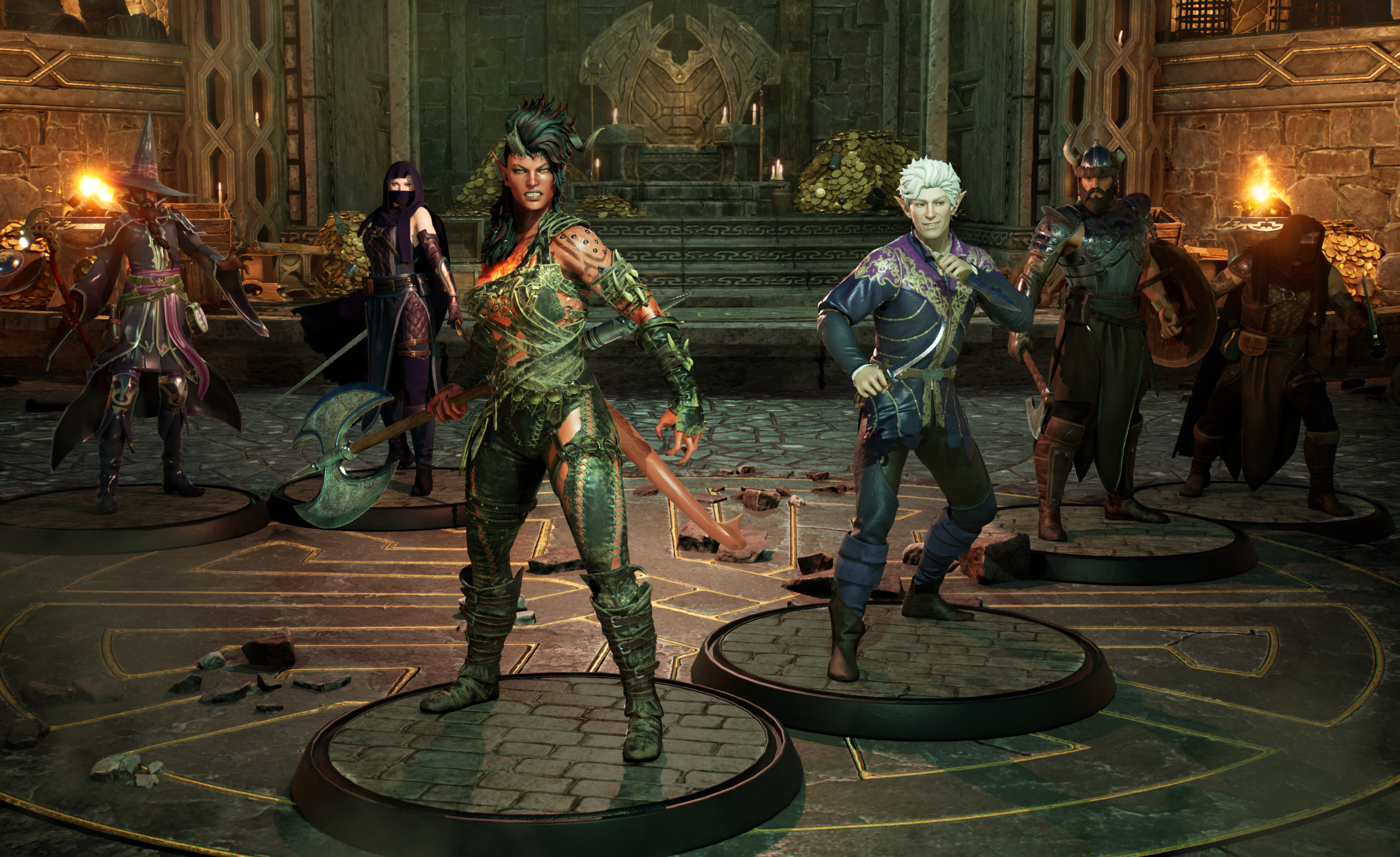
- Baldur’s Gate 3 characters can be used
- Plug-and-play approach
- Closed beta in the fall
Wizards of the Coast has drawn back the curtain on its upcoming virtual tabletop, codenamed ‘Project Sigil.’ This is something of a cross between the 3D environments of Baldur’s Gate 3 with the functionality of D&D Beyond (interactive character sheets, clickable abilities, that sort of thing). We got a closer look at how it works for both players and Dungeon Masters during the panel, but the biggest takeaway might be that you can use Baldur’s Gate 3 characters to continue the party’s story.
More specifically, digital miniatures for Astarion and Karlach were shown off in Project Sigil. In fact, it was pitched as a way to go on new adventures with them.
“I think a lot of people are worried about what [Wizards of the Coast]’s going to do with BG3 characters and the story and all this stuff,” says game director Kale Stutzman. “What we’re trying to do is say, hey, why don’t you continue your Baldur’s Gate 3 story in here, use the characters however they ended up in your games?”
Naturally, this is just one option. Alongside a plug-and-play system for existing adventures, a lot of emphasis was placed on making your own maps using the built-in editor. Although you can create on a grander scale by putting down forests and creating castles, you can also get granular – like placing individual torches that can actually be turned on and off. In terms of how it works behind the scenes, it feels like the old Diablo map editor or a medieval spin on the Sims; you’re able to snap in walls, floors, accessories, and more from a menu along the bottom of the screen.
It’s unclear what we’ll get for free in Project Sigil and what will be a paid extra, but head of Project Sigil Chris Cao says that you can “easily import existing D&D Beyond maps, characters, and monsters, with built-in rules integration.” So at least your D&D content should play nicely together.
We don’t have a release date just yet, but you can sign up for a closed beta of Project Sigil that’s launching this fall. When the system does eventually come out, it’ll be available on PC, mobile, and consoles.
New Monster Manual has fixed a 10-year mistake
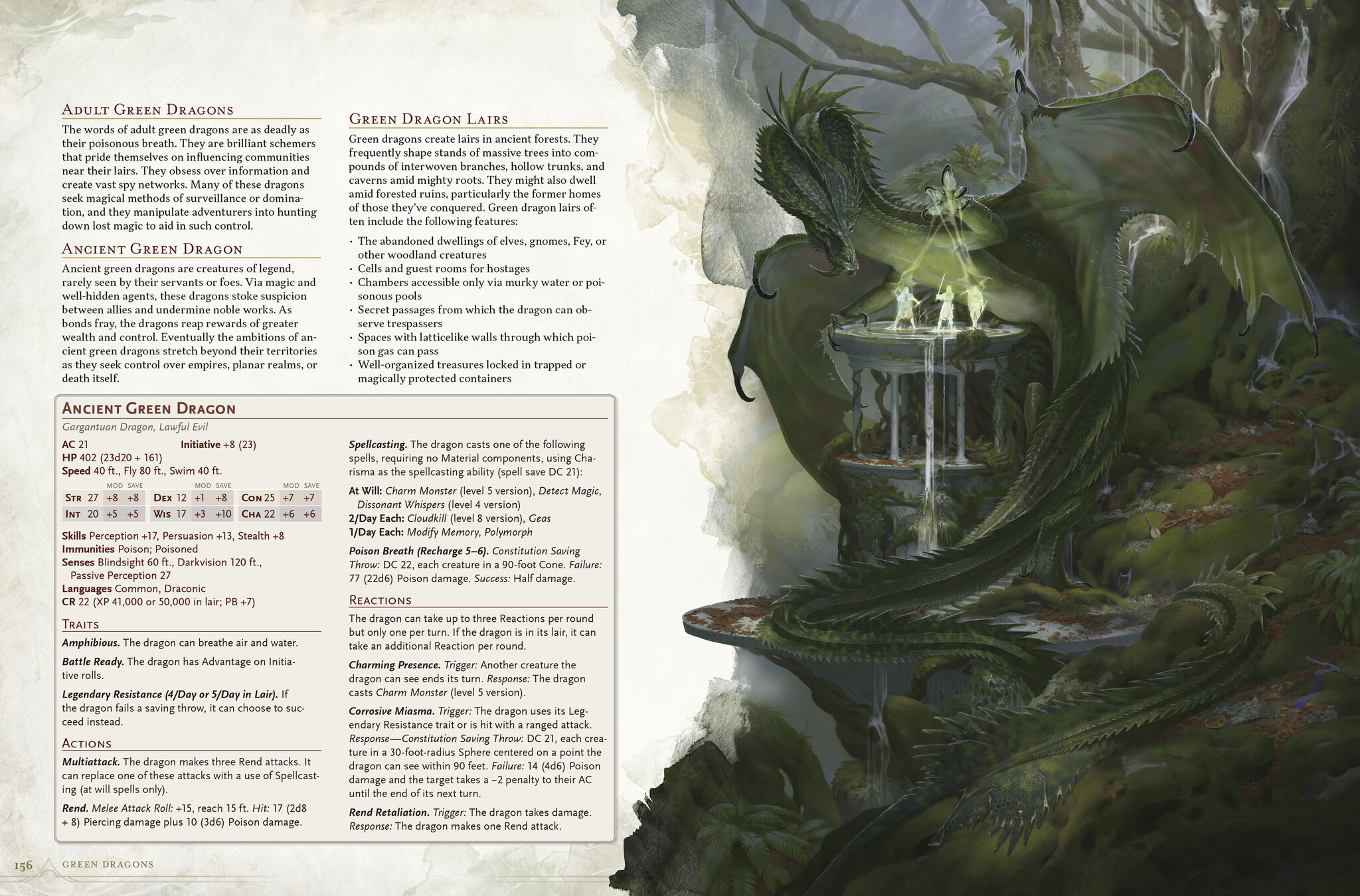
- Every old monster has seen changes or additions
- Improved monster ‘families’ and NPC groups
- New, action-oriented artwork
Next year’s Monster Manual is the core rulebook we know least about, but Gen Con started to put that right. During the panel, we got a better look at some of the 500+ monsters featured within and the theme seems to be ‘more’ – there are more apex monsters, more NPCs, expanded monster families, and stat block improvements across the board. Actually, every single monster from the 2014 MM has been revisited and given something new here.
We’ve heard about the new high Challenge Rating/CR monsters before (such as the ‘Blob of Annihilation,’ an ooze that can swallow entire towns), but the expanded NPC roundup is new. Crawford noted that Wizards has “looked at every group of NPCs that we had in the 2014 Monster Manual, and came up with ways to expand [them] so that you also had options in an NPC group that were usable in the larger level range. So you’re going to see more mages, more priests, whole new NPC groups. If you ever needed ready-made pirates, we now have a whole section of pirates. If you need a bunch of ready-made performers, we’ve got you covered, along with many other NPC types. These NPCs have also been organized in with the rest of the monsters. So you can now, along with all of the other critters in the book, with the exception of the common animals, which are hanging out at the back of the book, you can now find all the other statblocks in the book alphabetically.”
Monster ‘families’ have been given a boost too. Before now, Crawford noted that vampires became less and less of a threat as players leveled up… but that’s about to change. There are now lower and higher-level vampiric creatures to do battle with, and this isn’t an isolated incident.
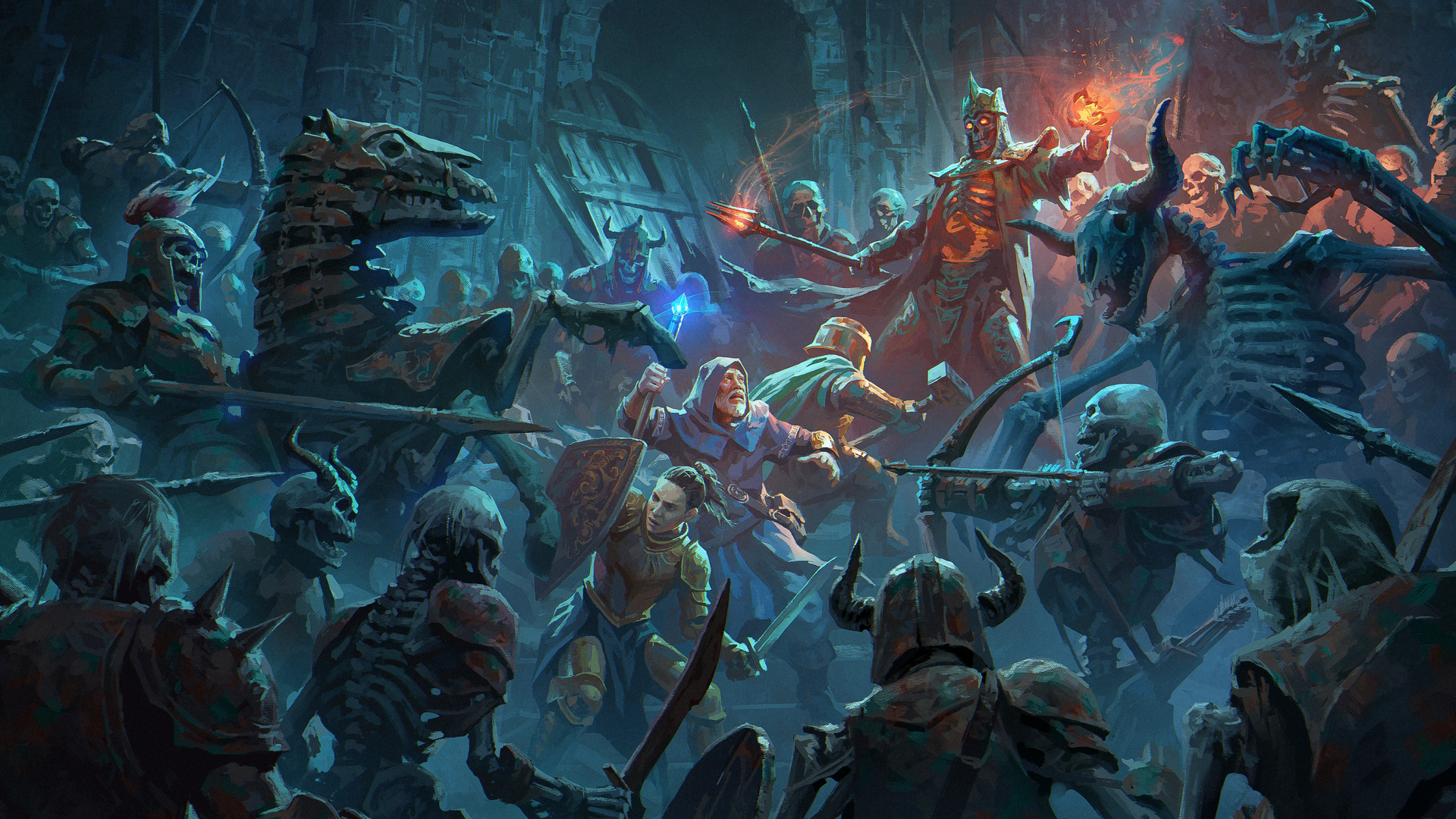
None of this eclipses the most important and world-shattering change that fixes a long-term injustice a decade in the making, though: housecats finally have darkvision in D&D.
OK, so I’m kidding about it being a crucial development. But the reason behind the change tickled me. D&D game design architect Chris Perkins takes the blame for that omission in the 2014 MM; it was apparently “because my aunt had a cat and they had to put a nightlight at the top of the stairs, because [it] kept falling down the stairs.”
Gamers have fallen in love with a surprising feature in the new Player’s Handbook
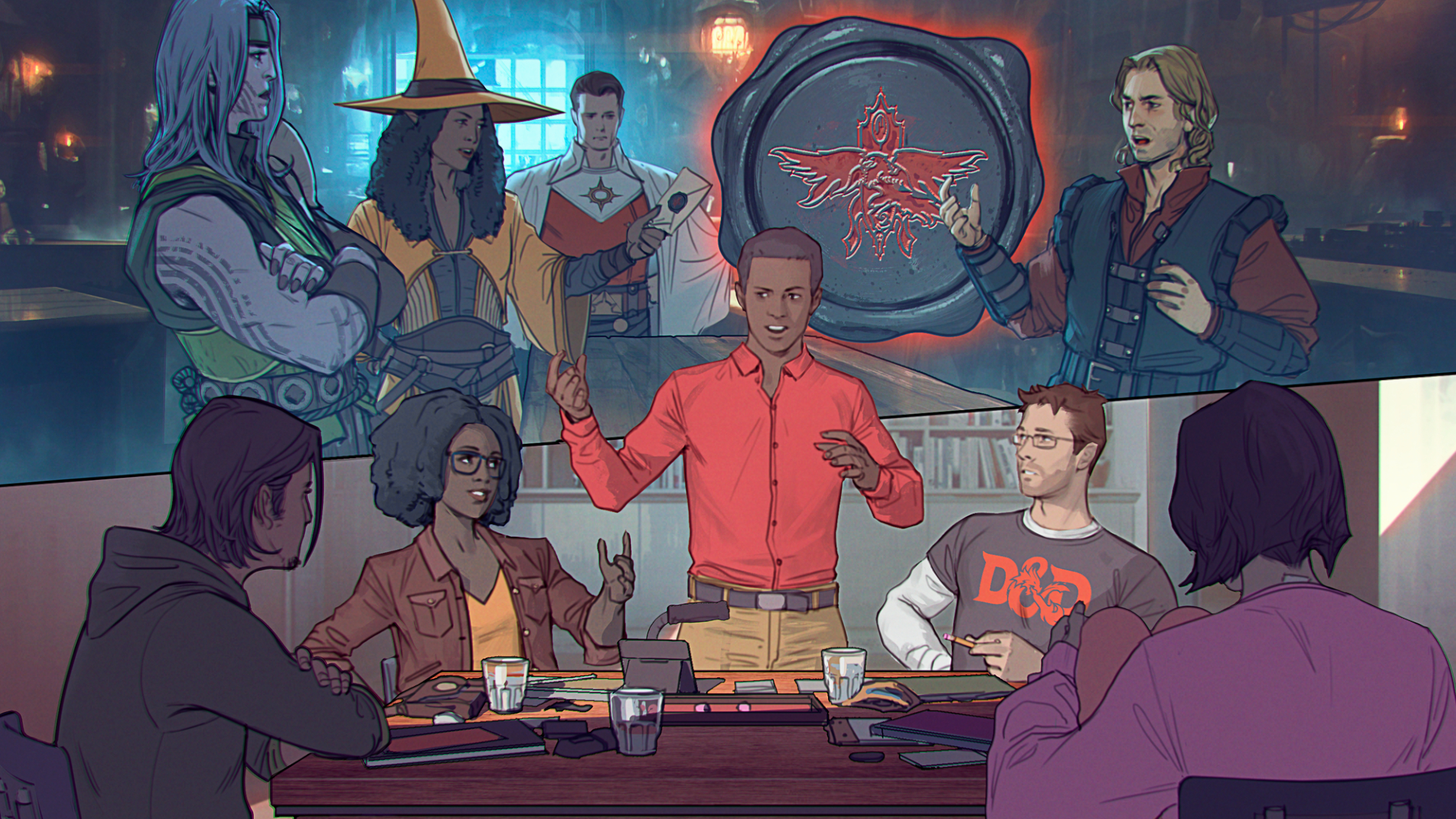
- The rules glossary has apparently been the most popular PHB feature so far
- Certain class abilities have been nerfed, while others have been buffed
- True Strike has been improved
While there wasn’t a lot of content here that we haven’t seen before, the Gen Con panel offered a closer look at the changes that have been made since 2014’s rulebook – and why those tweaks were made. For example, 2024 D&D Player’s Handbook nerfs one of the best Cleric spells (but that’s actually for the best). To be precise, the Cleric’s Spiritual Weapon has been turned into a Concentration spell whereas before it was a bonus action. That means you can’t combo it with the likes of Spirit Guardians and slap foes about with impunity, and according to rules lead Jeremy Crawford, this is to aid the flow of combat.
“We’ve noticed over the last decade and in a lot of our own play tests how many rounds of combat can grind to a halt when you get to the Cleric’s turn,” he says. “The Cleric takes an action then a bonus action […] and so we needed to tighten that up.”
That kind of streamlining is very much par for the course with these new rulebooks. As an example, the PHB now starts with how to play the game rather than how to make a character – a first for D&D.

“We are always looking for ways to open more doors into D&D, [and] we felt one of those ways we can do that right here in the game’s main rule book is to do a better job of inviting you in right from the start,” says Crawford.
Wizards also reminded us of how much ‘new’ there is in the 2024 PHB; to be precise, 16 of the 48 subclasses are new or redesigned, there are 75 feats, and over 200 of the 375+ spells are new/redesigned. This comes alongside crafting rules, the weapon mastery system that’s been advertised for a while now, and info on a rules glossary that the team is apparently very proud of. Crawford noted that “we have had some people who, upon seeing the brand new Player’s Handbook, as excited as they were about all the new game features and new rules and new art, came up and said, you know what, I would buy this book just for this rules glossary… this glossary is going to, I think, be the backbone for a lot of groups.”
It’s not the only thing the team thinks will go down particularly well, though; True Strike has been boosted. Crawford says that it is now “delicious” because “we took it from a sort of buff spell that was almost always a trap to to something that some characters are going to cast round after round after round.”
New details on player Bastions and more thematic magic items in the Dungeon Master’s Guide
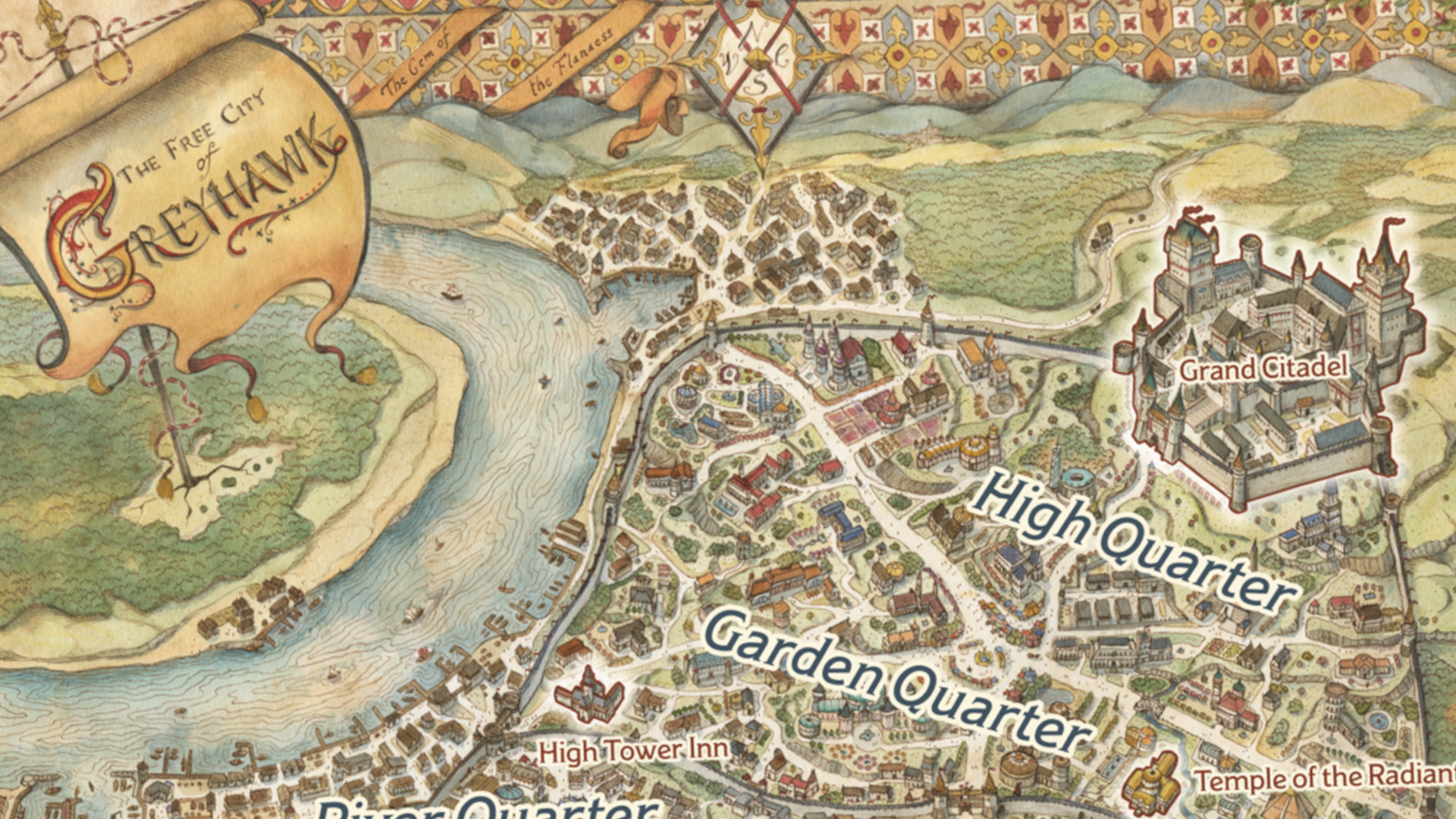
- New, thematic loot tables added for more cohesive treasure
- More info on player strongholds revealed
- Details on tracking sheets for better organization
A lot of emphasis was placed on player Bastions for the 2024 Dungeon Master’s Guide. So long as your DM is ok with it, these allow your character to have a place they can lay low between missions – it’s very much like a minigame.
“In effect, they’re like little DMs in the campaign running these sort of microcosm settings in the world that can operate while the other characters are off on adventures,” explains Perkins. “So a Bastion is kind of like another resource that characters have to get fun stuff – for their companions, for the party. But it doesn’t in any way, shape or form, interfere with what the character is good at. And that is going off on adventures and doing cool stuff.”
On the topic of ‘cool stuff,’ the 2024 DMG will apparently feature many printable sheets to help DMs keep track of everything from NPC details to the names of stores characters can visit. As Perkins notes, “these tracking sheets are not only in the book, but they will also be free to download on D&D Beyond so that people can assemble them and basically make their own campaign journals.” When combined with the included lore glossary that gives you the lowdown on major players or locations in the D&D multiverse, organization is the name of the game.
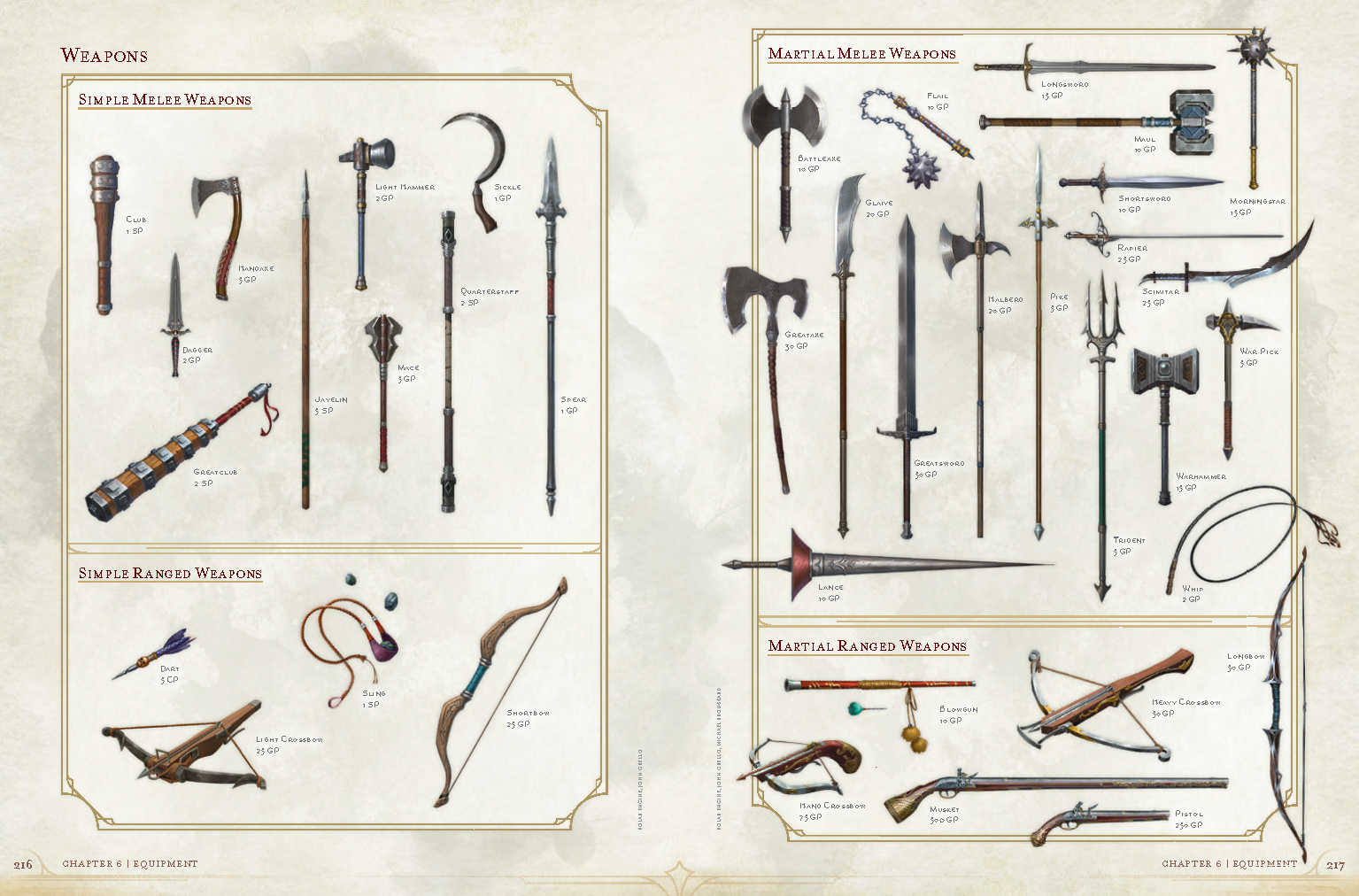
Perkins then went on to discuss another first for D&D: a fully-fleshed out setting in the DMG. Players will find the OG world of Greyhawk in the 2024 Dungeon Master’s Guide, not to mention five short introductory adventures that demonstrate how to make your own D&D stories.
“This setting is complete,” he says. “It’s everything you need to basically just pick it up and play it. But it’s also been designed so that it is eminently customizable. We chose Greyhawk for a number of reasons. One, this is [D&D’s] 50th anniversary. And Greyhawk was the first published campaign setting. And so [there’s] a little bit of nostalgia. but also… one of the things we were struck by was how easy it is to customize. It is actually, in its original incarnation, very bare bones. And that’s what we really wanted in this Dungeon Master’s Guide – an example of what a campaign setting could be. But one that is not so overwhelming and not so fully fleshed out that a DM can’t take it and make it their own.”
Finally, another noteworthy change highlighted in the panel was the book’s 100+ pages of magic items. This includes loot tables which have been divided into thematically appropriate sections like ‘religious artifacts.’ Entries in the new Monster Manual will actually point you toward the appropriate DMG loot table, all to create a more cohesive world.
For recommendations on what to play while you wait, check out our guide to the best D&D books. As for a change of pace, don’t miss the best board games.























+ There are no comments
Add yours